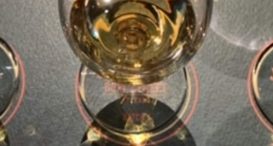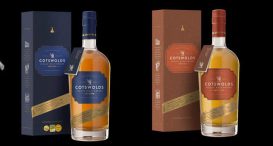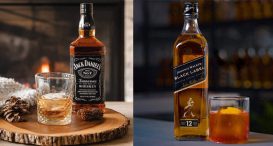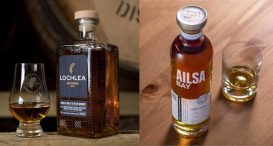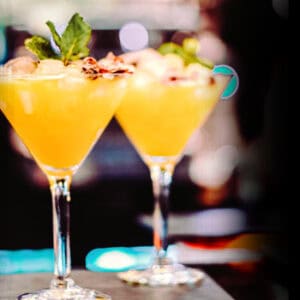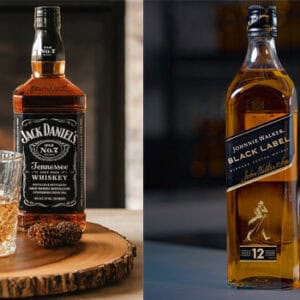5 Myths Whisky Lovers Need to Stop Believing
let’s begin
Whisky has a long and complicated history, so should be no surprise that some whisky myths have grown up surrounding the topic.
Clever advertising or general misconceptions can also perpetuate these myths, so we here at GreatDrams have chosen some of the biggest whisky myths to try and put them to rest.
1. Colour is an indication of age
The colour of a Whisky does not give any indication as to its age. It is more likely to indicate what kind of wood it has been aged in. All Whisky has to be aged in oak for it to legally be called Whisky, but the origin of the oak can vary, and can have a big effect on colour.
European oak makes the liquid darker, whereas American oak gives it a more golden colour. Sometimes the shade of the Whisky will tell you more about the age, particularly if it’s Bourbon, which tend to darken with age.

2. Whisky gets its colour solely from the barrel
Similar, to our first one and perhaps another reason why age cannot be determined by colour, is that a lot of Whiskies actually have a slight caramel colouring added to change the colour. This is more likely to be the case with mass-market blended Scotches or Irish Whiskey, but not with Bourbon, which has nothing added.
A lot of brands are also turning towards not adding colouring and using it as part of their marketing. The caramel doesn’t add any flavour, but a lot of Whisky purists would still rather not have it in their dram, and as such, the ‘natural colour’ movement is gaining a lot of popularity.

3. If it says 15 Year Old, it must mean only 15 Year Old
This is a very prevalent whisky myth. The law surrounding how age is advertised on a bottle can be complicated, but essentially, the youngest Whisky must be the age statement. This is to prevent people from calling a bottle made up of mostly 15 year liquid a 25 year old after they put a single drop of 25 year old in it.
But this also goes alongside a law that means you cannot be fully transparent about everything that is in your Whisky, as Compass Box recently found out when they were penalised by the SMWS for disclosing every liquid that went into their This is Not a Luxury Whisky and Flaming Heart expressions. Since then they have been leading a campaign to allow for more transparency from Whisky companies.

4. The Established year of all brands is true
The older a brand is perceived to be, the more trust consumers will put in them. This has resulted in a lot of brands bigging up or exaggerating the year they were established. Just because a brand says they were established in the 1800s, doesn’t mean they were.
Some will take big liberties with this kind of advertising and use dates that could correspond to the year their distillery was built, or the year their namesake was born or died.
5. Older tastes better
Another Whisky myth that is very popular. This is perhaps one of the biggest myths in the Whisky industry. While bottles with an older age statement tend to be pricier than younger ones, this does not mean they taste better.
At some point, after around 28 or so years in a barrel, the liquid inside will be a little more hit and miss in terms of flavour and quality. This runs the risk of the liquid becoming overly wooded or dry and other flavours such as peat or the original flavour of the new make spirit decreasing.
Buy the Limited Edition The Great Drams of Scotland Book by clicking here
What are your thoughts? Leave a comment below and let’s have a chat!
Greg
You might be interested in
More from the blog
Follow greatdrams
latest articles
Latest whisky
exclusively from GreatDrams
-
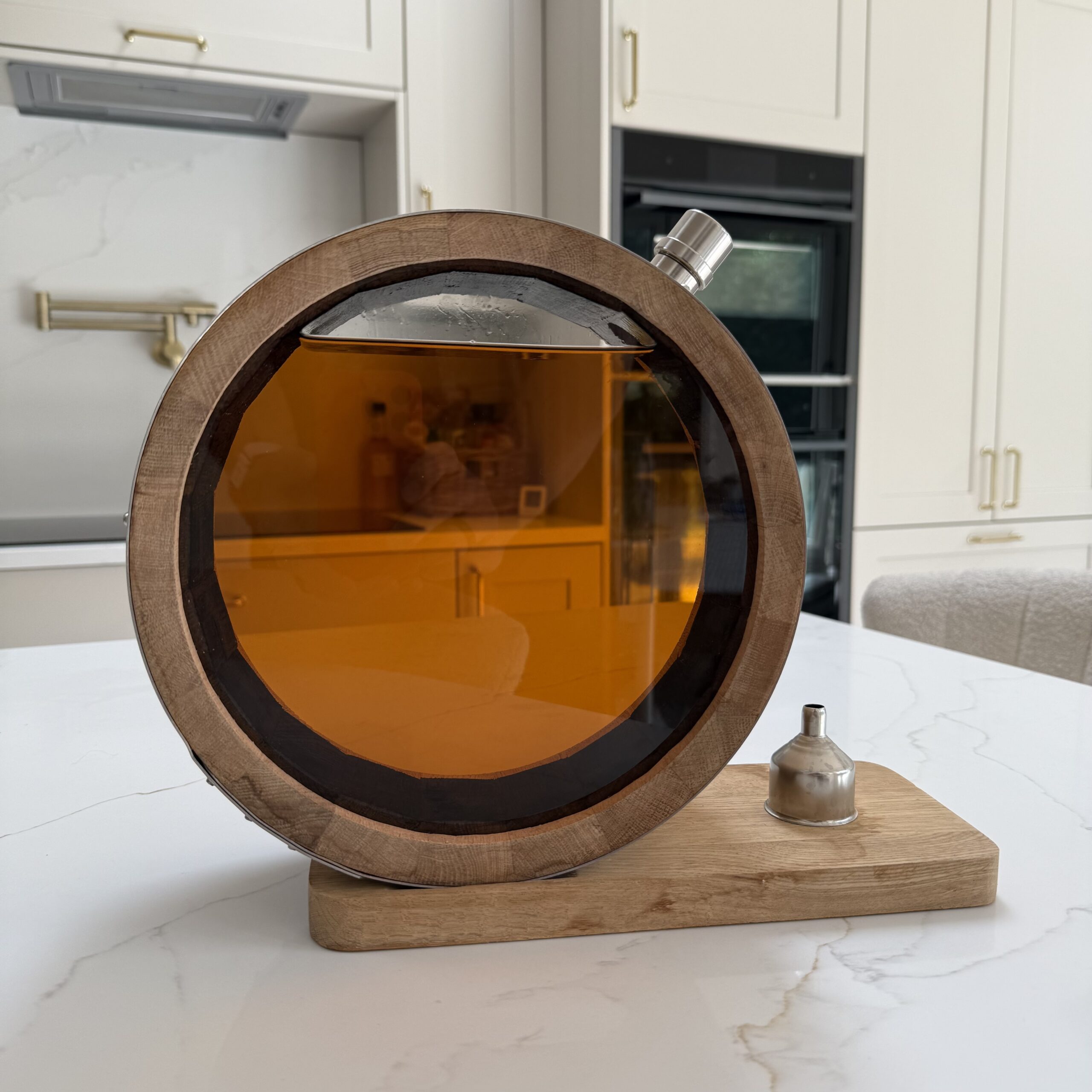
The GreatDrams Signature Barrel Decanter
£200.00 – £370.00



